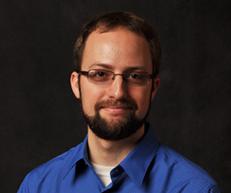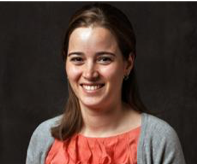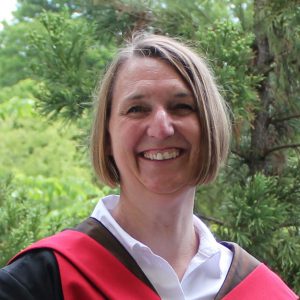Student Work & Research in Biology
Why study biological science at Marymount?
We have a unique situation here in that our department consists of Biological and Physical Sciences (Biology, Chemistry, and Physics all in one department). This is advantageous to our students because we can provide a truly multidisciplinary education where students can draw from learning experiences in different areas of science to answer problems or conduct research. In addition, our commitment to undergraduate research is exceptional. Our focus is on providing undergraduate students a truly rewarding and scientifically productive research experience.
Currently, students have opportunities to explore areas like neuron pathway development, turtle physiology and growth, plant-fungus symbiotic relationships, atmospheric reactions, 3D printing of assistive devices and experimental prosthetics as well as, star and planet formation. Additionally, opportunities exist to become involved in research that expands beyond biology and physical science. For example, Biology majors can join with Mathematics faculty and students to study the modeling of disease spread and dynamics.
Students who engage in research early on have many opportunities to advance to a level where they would present their findings either locally, or more likely, on a regional or national level. Research opportunities outside of Marymount University also exist and many internships become a next step in the development of research scientists.
Student Posters and Papers
From Strawberry Fields to Chemistry Class – Simone Walker, Quyen Doan, Deana Jaber
NMR Spectroscopy – Lindsay Rose, Kathryn Fossaceca, Deana Jaber
NMR Spectroscopy Safety – Yaa Ampofo, Anwar Causey, Deana Jaber
NMR…MRI? What’s the Difference? – Ana Funes-Hernandez, Deana Jaber
Development of a Low-Cost, Open Source, Myoelectric Arm – Meagan Gagnon, Eric Bubar
Solvent Purification in Methyl Chromone Synthesis – Robert Volpe, Nirmala Ramnarine, Deana Jaber
Faculty Research Projects
Dr. Susan Agolini
Cell and molecular biological investigations of the role
of the SCAMP family of proteins during neuronal
development and breast cell transformation.
Dr. Eric Bubar
Stellar Spectroscopy
Extra-Solar Planets
Cosmo-chemical Archaeology
3D printing upper limb assistive devices
Dr. Deana Jaber
Novel synthetic methodologies and dirhodium catalysis
Designing pedagogical organic chemistry games as a novel alternative method of instruction
Developing educational tools that strengthen chemical education
Dr. Karen Lant
Dr. Todd Rimkus
Turtle Egg Physiology – Water Exchange in Turtle Eggs
Growth studies on hatchling turtles
Dr. Amanda Wright
Protein interactions that regulate axonal guidance and establishment of neuronal networks during brain development
Signaling pathways that control cell migration
Using mathematical modeling to evaluate biological systems











